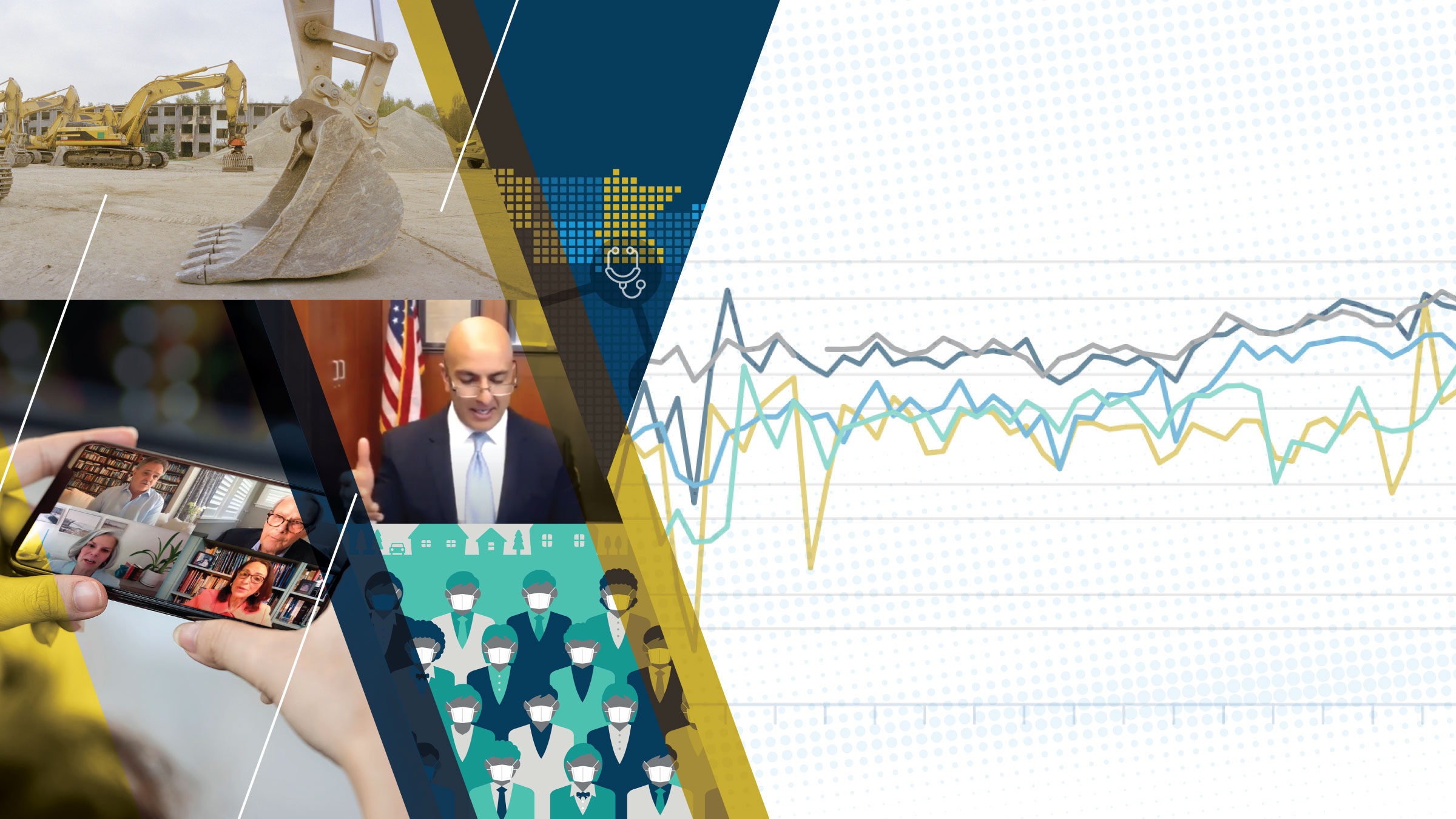New research (Staff Report 595) by UCLA economist Andrew G. Atkeson, a consultant to the Federal Reserve Bank of Minneapolis, provides a basic model for economists and policymakers to use in projecting U.S. economic consequences of various COVID-19 progression scenarios.
The model focuses on the economic trade-off between disease progression and disease suppression through social-distancing. Atkeson provides two scenarios, with particular attention on the economic impact once active infection exceeds 1 percent of the U.S. population and 10 percent, as well as 18-month cumulative consequences.
The paper’s main conclusions:
- To avoid severe public health consequences, extreme social-distancing measures will be required for an entire year or even 18 months.
- There is an unavoidable economic trade-off between the costs of strong social-distancing for 12-18 months and the costs of lost work time and life due to the disease. Quantifying the relative costs is difficult.
- Even under the most severe social-distancing scenarios, it is likely that the health system will be overwhelmed. This would happen when approximately 1 percent of the U.S. population (3.3 million current cases) is infected. More severe mitigation efforts could push the date back from 6 months to 12 months, perhaps allowing time to invest in health care resources. Both measures are likely necessary.
- Under most scenarios, between 10 percent and 20 percent of the U.S. population (33 million to 66 million people) will actively suffer infection, resulting in loss of workforce either to self-quarantine or caring for sick individuals.
- Peak infection is projected to occur between 7 months and 14 months from now.
- Relaxing mitigation efforts after initial containment is ill-advised, as models predict that rapid progression will begin again, reaching peak infection rates in about 450 days.
- The conclusions from this simple model are in line with those of the much more complex models that have been used by epidemiologists in advising governors, the president, and U.K. policymakers on emergency public health measures imposed over recent weeks.
Atkeson urges careful analysis of economic consequences of current mitigation steps “so that the economic trade-offs between public health and the economy can be considered quantitatively.” This will require open discussion between economists and public health experts, and between economic policymakers and the public.





